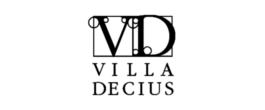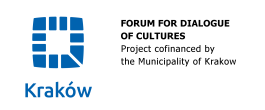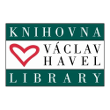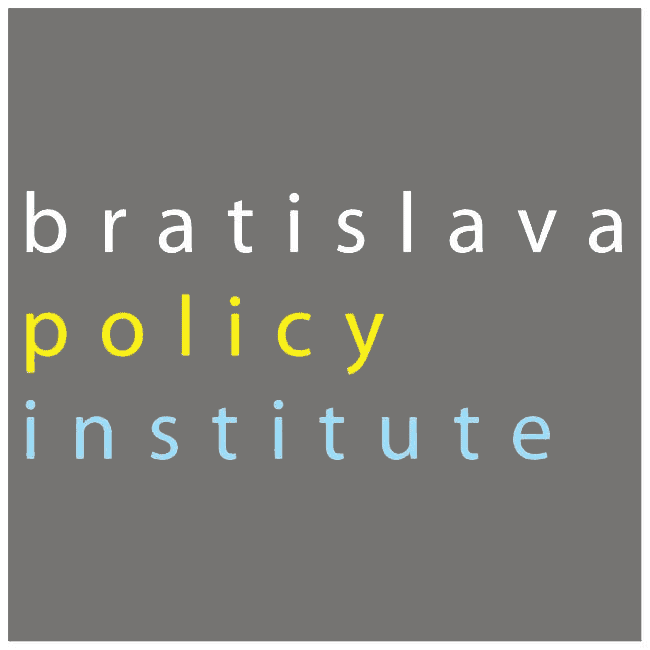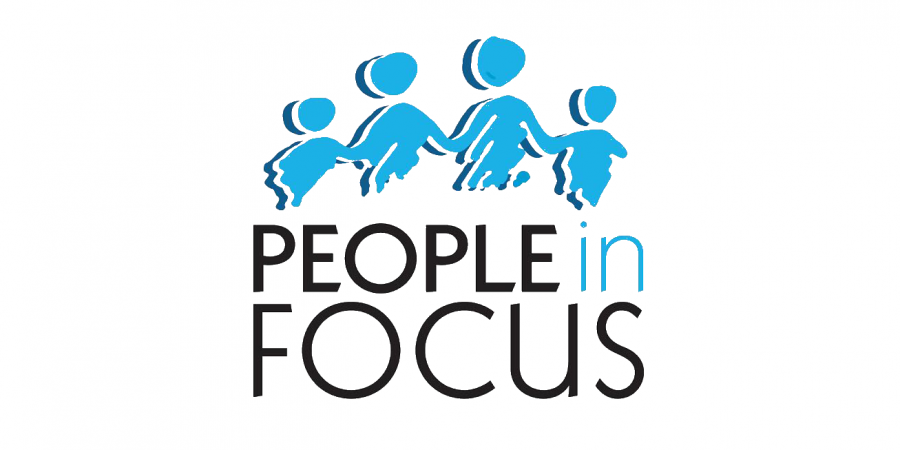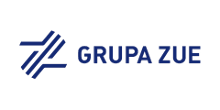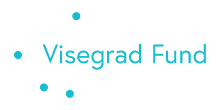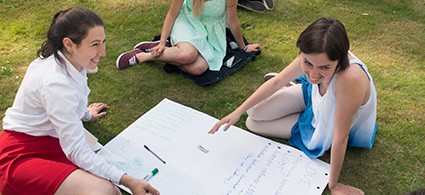
The museum and its audience – Partners in the interpretation process!?!?
The weather was suitable enough to relocate the session straightaway out of door. Here, Łucja Piekarska-Duraj introduced the term intersubjectivity as part of inclusive museumology: It is about making intersubjective situations – situations in which people share subjective views, associations, meanings. This involves a kind of openness which goes beyond a mere exchange of opinions. “The key element is 'inter-'.“ But before enlarging upon inclusive museomology, the group discussed other kinds of (own) museum experiences: A museum that transmits only one direction of how to understand the heritage, not sharing its interpretitive authority, is clearly an old fashioned authoritharian museum. Quite different is the interactive museum which places the audience in the centre. “Here, visitors are seen as partners in the interpretation process“, Łucja Piekarska-Duraj noted. Such a 'we-museum' usually focusses on being a “temple of muses“ where the visitor gets“ value for his money“. The democratic museum, however, goes further concerning inclusive museomology, makes inclusion its foremost imperative, encourages to question and to negotiate things. “It sets the focus on personal stories. On human dimensions in all heritage projects,“ Łucja Piekarska-Duraj added. And furthermore, the democratic museum does not actually transmit knowledge but rather gives a guide for how to behave, provokes a call to action in the end. “The visit does not end when you leave the museum.“ As an example for such a museum, the tutor named the ethnographic museum in Tarnów being a museum of Roma – and “a very weird place“. The objects there are presented without a lable which on the one hand relates with the fact that Roma culture is an oral culture, and which on the other hand corresponds to the prevalent wish of Roma for their story not to be told. Visiting Roma know how to interpret the objects, for non-Roma visitors there is actually the need of a Roma guide. (Łucja Piekarska-Duraj takes the view that “we don't have to show heritage when the group does not want it to be shown“.)
The participants discussed extensively what needs of Roma and of people of the majority society the Roma museum should fulfil. So, the importance of needs and to define them or to create them was put into the foreground again. Being a public service, a museum has to support public discourse according to the different needs in the community, the tutor pointed out. “But of course it will never be possible to satisfy all needs and tastes.“
Subsequently, the participants were asked to share their best museum experience ever. It turned out that these experiences had something in common: something unexpected, rise of curiosity, emotions, very personal experiences. Thus, it was less about the gained knowledge actually. “Knowledge, in fact, is marginal“, Łucja Piekarska-Duraj explained, pointing to surveys that show that visitors tend to remember and to appreciate most the cafeteria of the museum, the comfortable furniture, the toilet, getting a discount, interaction, or the possibility to leave their kids somewhere. However, the tutor did not want the participants to conlcude from this that trying to transmit a message would be redundand. It is just to illustrate that the visitors needs (including the 'trivial' ones) and making connections should be the main focus.
Tips for a good exhibition
“A good guide tries to make relations between the audience and the exhibition“, the tutor emphasized. And she gave further advices for making a good exhibition. An important thought, for example, is which language(s) one uses for the exhibition (especially in the case of the Roma museum). And the participants should keep in mind that there should always be a local theme connected with a global theme. Of course, one accurately have to define one's ressources. Also competitors of the local museum (as the internet) should be defined and, if possible, involved in the project. An interpretive presentation plan is inevitable since every exhibition is an interpretive exhibition. What is also basic: The necessity “to define a thing about something“. A value like responsibility is a topic, not a thing. “But only a thing can tell a story.“
As an exercise, the participants should think about the procedure when it comes to making up a project about domestic violence. Doing research and brainstorming would be basic, of course. Łucja Piekarska-Duraj suggested to do brainstorming together with someone and, very important, to think about what kind of knowledge one wants to transmit. Her special advice was to set the focus on competence based learning (to transmit e.g. social competence).
Becoming SMART and becoming inspired by CHOCOLATE
The participants got the task to set a goal for a project about domestic violence. Some of them found it difficult to talk about goals without a concrete project. But in fact, as the tutor pointed out, it is either possible to start with a project or to start with a goal. Although one always has a general goal in mind (e.g. to stop or to diminish violence), a cultural project has to pursue a “smart“ goal. The technique of SMART (an acronym) helps to remember how a good project goal should be: Specific/simple. Measurable. Accurate. Realistic. Time factor to be considered. According to this technique, the participant had to come up with “smart“ goals for hypothetical projects about domestic violence.
Another technique Łucja Piekarska-Duraj presented in conjunction with examples and exercises was CHOCOLATE – a technique of reversal that helps to become innovative. Making use of CHOCOLATE, one has to define the usual characteristics of a thing (e.g. of chocolate) and turn them into the opposite: Chocolate is usually dark – let's make it bright. Chocolate is usually sweet – let's make it salty or sauer. And so on. The participants applied the technique of CHOCOLATE to exhibition: An exhibition usually presents objects – let's make it cover objects, or let's make it present sounds, smells or people. An exhibition is usually located in a building – let's put it outside, on the water, into a bus, into a plane …
The group found a lot of innovative solutions and was greatly inspired by this reversal principle.
SERENDIPITY – It's story time!
The third magical word Łucja Piekarska-Duraj introduced to the group this day was “serendipity“ – the art of drawing inspiration from things you find along your way. Something that might be useful in order to come up with a story. And this is crucial: “Stories are the very essence of a good project.“
The participants set in a circle on the grass and started a story telling game. One by one they drew out objects out of a bag which had to be part of a story to be told. Everyone contributed some sentences, bringing his object into the tale. The progressively developed story turned out to be a succession of very curiuos actions and events lacking coherence and a logical plot. That the group did not manage to connect the several objects in an adequate manner was identified as the main problem. However, Łucja Piekarska-Duraj stressed: “Anything can be connected to everything!“
It became explicit to the participants that for a good exhibition it is not enough to have meaningful things at disposal. “They must be connected! They must tell a story!“, the tutor highlighted.
As a last task of this day's Culture Lab, the participants came together in the four groups again (“truth“, “responsibility“, “love“ and “freedom“). Each group was given some objects previously used in the story telling game. According to the principle of serendipity, the group members should think about the connection between this objects in relation to the value they are dealing with. Which story, for example, can a ring with wings, a white and a black feather and a play money coin tell us about freedom? This reflections should inspire the groups, should push them towards a concrete idea for a cultural project. So, in the end of the session, each group presented a first idea what to do and how to do it. Among the important advices Łucja Piekarska-Duraj gave in this regard were the following: To reflect upon the local and the international aspects of the project. And to make emergent problems in the group a ressource.

